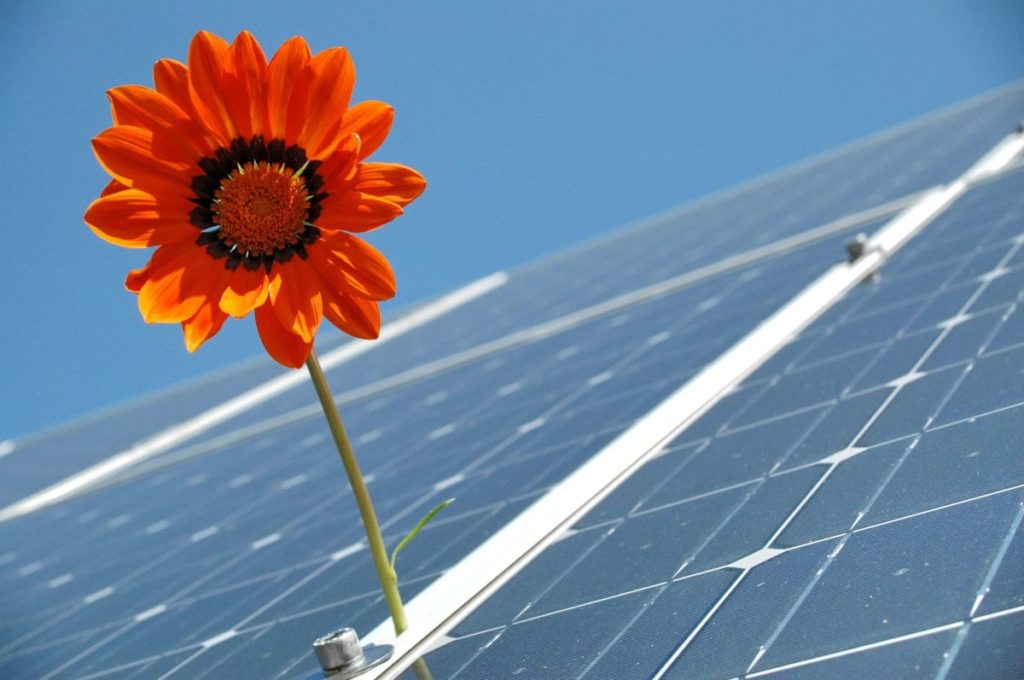New method for life cycle assessment of PV technologies

Researchers in Australia have conducted a ‘cradle to grave’ life cycle assessment (LCA) to measure the life cycle assessment of the four most widely used PV technologies. The academics say that cadmium telluride solar modules have the lowest life cycle impact, followed by amorphous, multi and monocrystalline silicon products.

Scientists at Australia’s Charles Darwin University have conducted a cradle-to-grave life cycle assessment (LCA) of the four most widely used PV technologies; monocrystalline silicon (mono-Si), multi-crystalline silicon (multi-Si), amorphous silicon (a-Si) and cadmium telluride (CdTe).
The LCA was based on the ‘ReCiPe’ life cycle impact assessment method first developed by academics in 2008. This method utilizes a total of 21 indicators to evaluate the environmental impacts of a technology or product on three higher levels: human health, biodiversity and resource scarcity. The indicators focus on single environmental problems, such as climate change.
The 18 midpoint indicators used for the research are climate change, ozone depletion, terrestrial acidification, freshwater eutrophication, marine eutrophication, human toxicity, photochemical oxidant formation, particulate matter formation, terrestrial ecotoxicity, freshwater ecotoxicity, marine ecotoxicity, ionizing radiation, agricultural land occupation, urban land occupation, natural land transformation, water depletion, metal depletion and fossil depletion.
Manufacturing of the three silicon-based technologies were found to have larger impacts, with processes including quartz reduction, silicon purification, wafer and panel production, inverter, mounting, other electrical installation production. And after this, 30 years in operation, energy consumption, pollutant emission, transportation, waste treatment process, end-of-life dismantling, landfilling and recycling.
The lifecycle for CdTe technology entails extraction of cadmium and tellurium as by-products of other mining activities, total production chain covering vapor transport deposition process, film deposition and all that comes after panel production.
Results
The scientists found that the CdTe technology has the lowest life cycle impact, followed by amorphous, multicrystalline and monocrystalline silicon.
The lower impact of the CdTe thin-film technology is attributable to the lower consumption of materials and chemicals in its overall life cycle processes. “In addition, the only significant emission that exists in the whole inventory of CdTe technology is the discharge of cadmium ions into water. The amount of this emission is relatively low compared with the life cycle emissions of other PV plants,” they further explained.
Manufacturing processes for multi and mono solar products, instead, include high emission of greenhouse gases such as carbon dioxide, methane, nitrous oxide. “Mono-Si PV technology issues the most significant impacts by 13 out of 18 mid-point impact categories; comparatively, multi-Si technology issues the highest mid-point impact by 3 categories; the rest are shared by a-Si and CdTe technologies,” the authors of the research said.
The group stated that it intends to include other PV technologies such as CIGS, perovskite and organic PV in future LCA studies, and to compare all solar technologies with various renewable, non-renewable power generation technologies.
From: https://www.pv-magazine.com/2020/05/19/evaluating-solars-environmental-impact/


